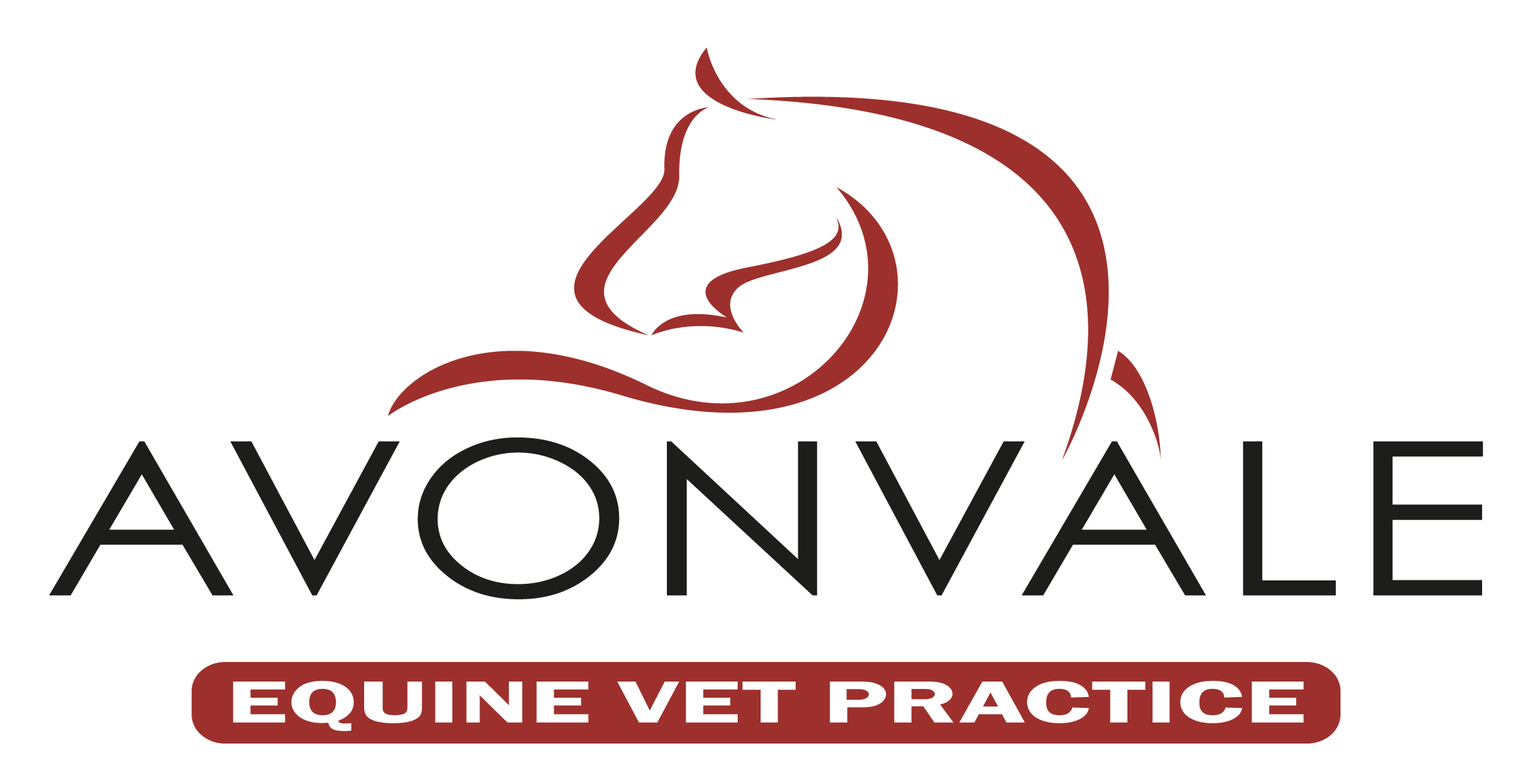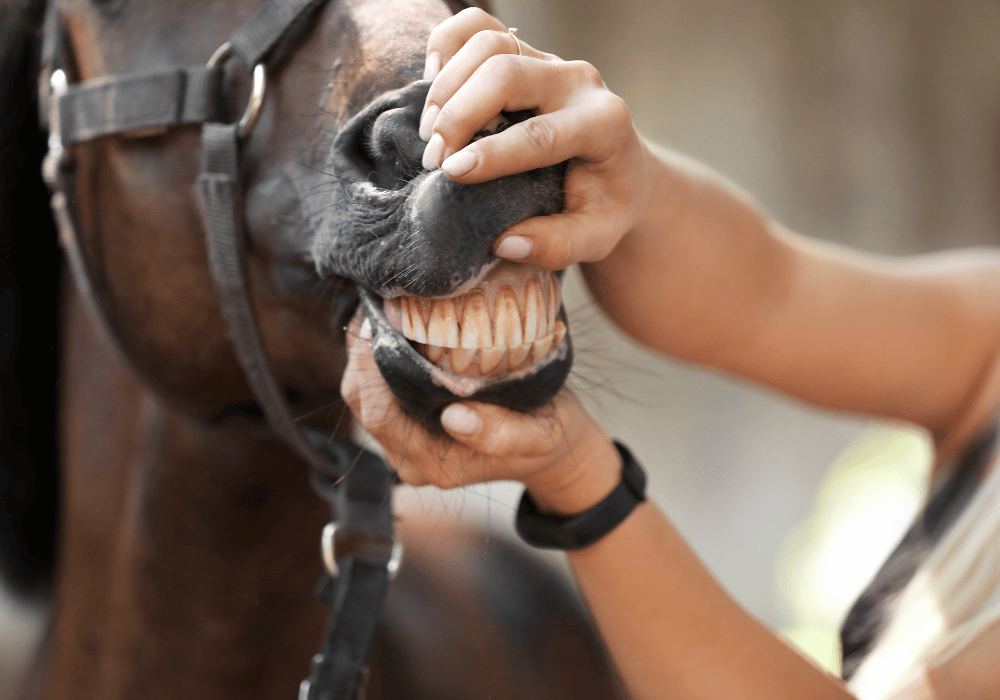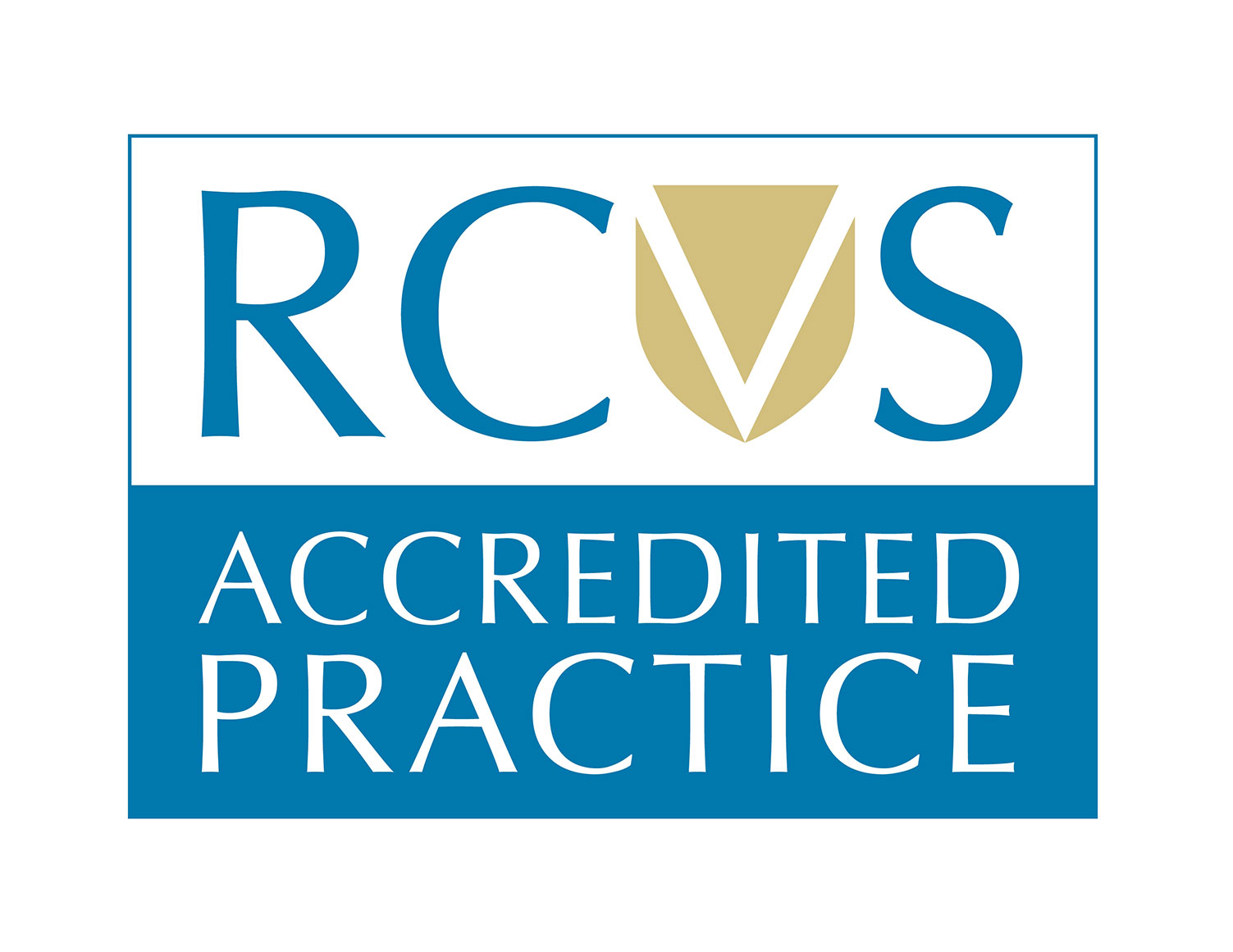Aging a horse by examining their teeth is a practice that originates from a time before microchips, passports, and breeding paperwork. It is interesting to learn about how a horse’s teeth change as they age. In the absence of paperwork (e.g. rescue cases), a horse’s teeth can provide a rough guide on its age. This blog article provides an overview of how a horse’s teeth as they age.
A Young Horse’s Teeth
Aging a horse by examining their teeth is usually more accurate for young horses than it is for mature or older horses. This is because you can see, without a gag, how many adult incisor teeth have erupted from the gum.
Specifically, the incisors (the teeth that sit at the front of the mouth, in front of the bit) are the clearest indicators of a young horse’s age. Eruption of the central, middle, and corner incisors (at ages 2, 3 and 4 years respectively) are approximate indicators of age in most horses.
How Horses’ Teeth Change With Age
Once a horse has a full set of adult teeth, it becomes more difficult to accurately age a horse by examining its incisor teeth. Three indicators of a horse’s age are the shape of the lower central incisor, the angle between the upper and lower incisors and the Galvayne’s groove.
An older horse’s teeth are likely to show more signs of wear, with the angle at which the incisors meet becoming more acute. However, it is important to note that factors such as the horse’s breed, diet and management over the years will impact how the teeth wear.
Wear and Age
As a horse ages, the teeth will begin to show signs of wear. The wear on the table surface of the lower central incisor will cause it to take a different shape depending on the age of the horse:
- Oval-shaped from side-to-side in horses aged 5-9 years
- Triangular in horses aged 10-14 years
- More rectangular in horses aged 15-20
As the horse gets older and its incisors change shape, the angle at which the upper and lower incisors meet tends to become more acute. They may appear longer (hence the term “long in the tooth”) and more slanted.
The Galvayne’s Groove
The Galvayne’s Groove is a brown mark that appears on the upper corner incisor when a horse is around 10 years of age. It gets longer and progresses down the tooth, reaching the middle of the tooth when the horse is around 15. The groove leaves the gum line completely when the horse is around 20, before eventually growing out entirely when the horse is around 25-30 years of age.
Looking at the Galvayne’s Groove can provide a rough idea of how old a horse is. However, it can be inconsistent and inaccurate. The groove can be found on both the left and the right, and each side will differ slightly.
Equine Dentistry At Avonvale Equine Vet Practice
We are dedicated to bringing our clients the very best in equine veterinary care. This includes routine dental examinations, minor procedures and more complex extractions and sinus surgery. Our team of highly qualified equine vets includes our resident equine dental vet Laura Holmes (BVM&S Cert AVP(ED) MRCVS) who has passed her synoptic exam in Equine Dentistry as part of her certificate in Advanced Veterinary Practice (CertAVP). Register your horse, pony, donkey or mule with us today.








